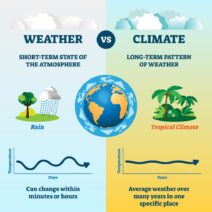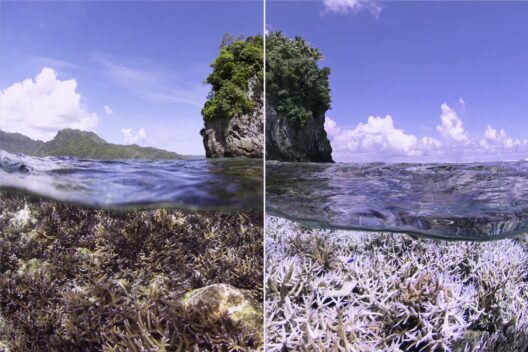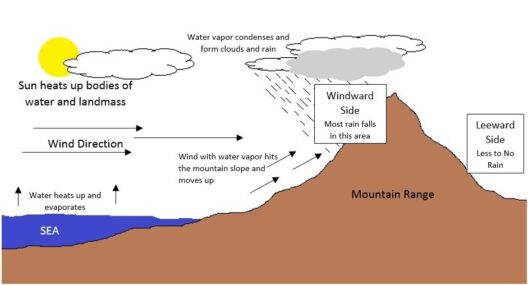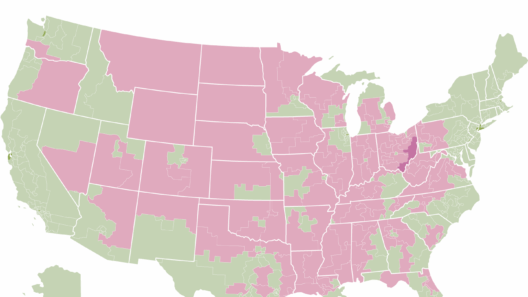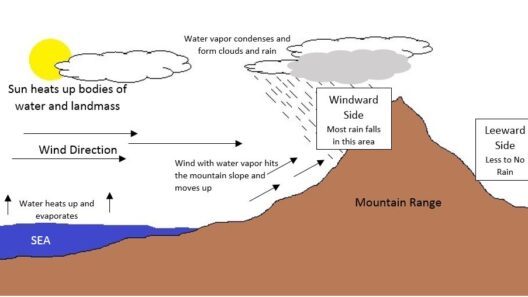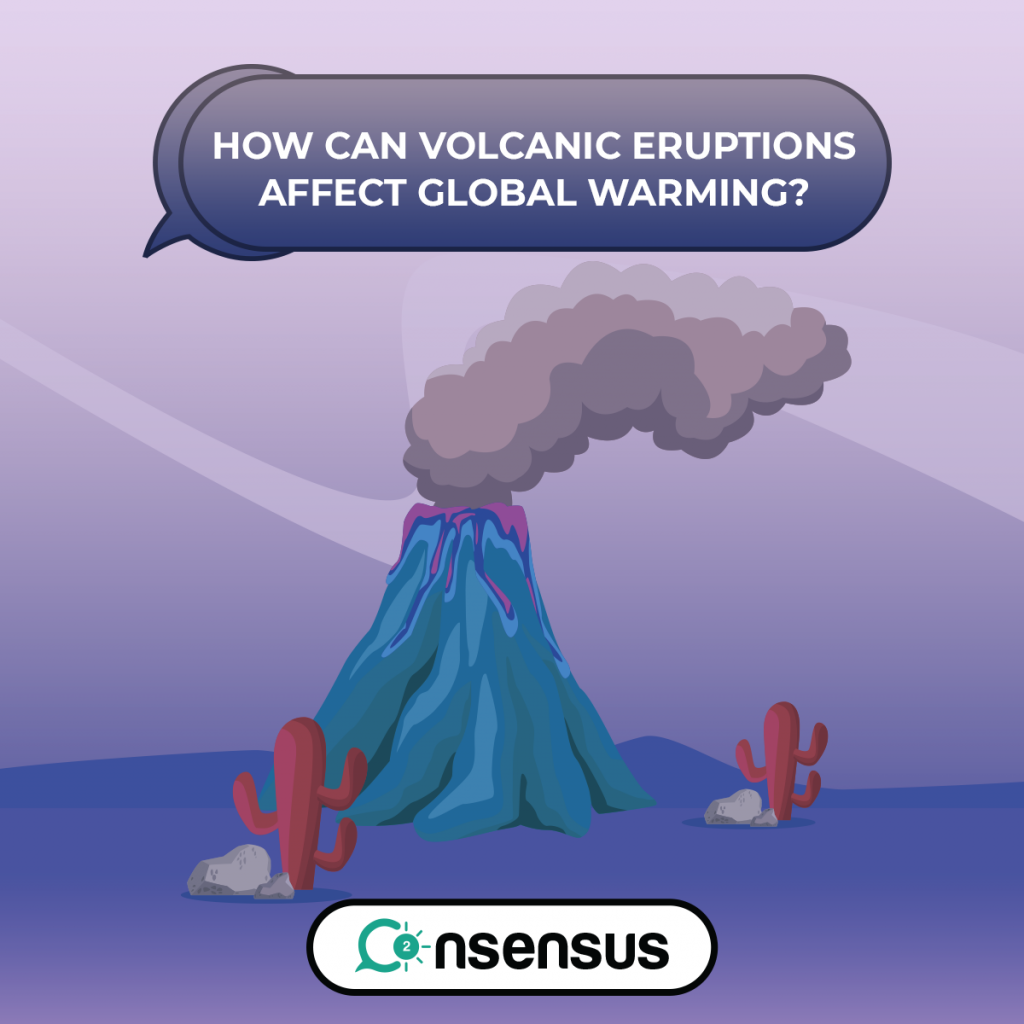
wp.co2nsensus.com
Volcanic eruptions have long fascinated scientists and laypeople alike. Their dramatic displays can reshape landscapes, but their effects extend far beyond immediate surroundings. With the capacity to impact global weather patterns, these natural phenomena necessitate a closer examination. How do volcanic eruptions influence climate dynamics? This inquiry reveals a complex interplay between geological activity and atmospheric science.
To grasp the connection between volcanic eruptions and global weather, one must first understand the mechanics of volcanic activity. When a volcano erupts, it releases an array of gases, ash, and particulates into the atmosphere. Among these, sulfur dioxide (SO₂) plays a pivotal role. Once in the stratosphere, SO₂ can undergo transformation into aerosols. This process is critical because aerosols reflect solar radiation, resulting in a phenomenon known as ‘global dimming.’
Global dimming is not merely an abstract concept; it has tangible implications for Earth’s climate. When aerosols obscure sunlight, they decrease the amount of solar energy that reaches the Earth’s surface. This leads to a temporary cooling effect, particularly in the years following a significant eruption. Historical precedents illustrate this phenomenon well. For instance, the 1991 eruption of Mount Pinatubo in the Philippines is heralded for its profound climatic repercussions. It contributed to a notable drop in global temperatures by approximately 0.5 degrees Celsius over the following year.
But the effects of volcanic eruptions are not confined to cooling. The interplay between volcanic activity and weather patterns can be complex and sometimes counterintuitive. Eruptions can generate localized warming in certain regions, depending on the distribution and scale of emitted materials. For example, the release of greenhouse gases, such as carbon dioxide (CO₂) and water vapor, can enhance the greenhouse effect in the long term, potentially contributing to global warming trends.
These dual effects exemplify the convoluted relationship between volcanism and climate change. While volcanic eruptions may engender short-term cooling, their long-term impacts often lead to a reevaluation of climate models. Scientists are tasked with considering multiple variables when predicting future climatic scenarios. The asynchronous nature of these impacts creates an intriguing spectrum of outcomes.
Another avenue through which volcanic eruptions can alter global weather lies in their ability to influence atmospheric circulation patterns. Large volumes of ash and gases injected into the stratosphere affect jet streams and trade winds. Such alterations can create atmospheric blockages, resulting in prolonged weather events. Delayed seasons, intensified droughts, and increased precipitation in certain geographies can all manifest from volcanic activity, underscoring the interconnectedness of geological and meteorological systems.
Furthermore, the effects are not uniformly distributed around the globe. Tropical regions often experience a more immediate and pronounced impact due to their climatic characteristics. As large eruptions inject particulates into the stratospheric landscape, they can interact with existing weather systems, leading to alterations in rainfall patterns. The El Niño-Southern Oscillation (ENSO) phenomenon—the interplay between oceanic and atmospheric conditions—can also serve as a mediating factor. Eruptions occurring during specific phases of ENSO can exacerbate drought or deluge scenarios, resulting in substantial socio-economic ramifications.
The environmental implications are profound, affecting biodiversity, agriculture, and human health. The cooling effects can lead to diminished agricultural yields, which is particularly concerning in regions already vulnerable to food insecurity. Conversely, alterations in precipitation can distort local ecosystems. Species unaccustomed to abrupt shifts may struggle to adapt, resulting in biodiversity loss, as flora and fauna grapple with changing habitats.
In historical contexts, we find that civilizations often faced dire consequences following major eruptions. The 1815 eruption of Mount Tambora in Indonesia led to the infamous “Year Without a Summer,” instigated by widespread crop failures and subsequent famine in various parts of the world. These events act as cautionary tales, emphasizing the drastic impacts volcanic eruptions can exert on human societies. The cyclical nature of geological activity and its potential to disrupt weather patterns demand respect and academic inquiry.
As climate change emerges as a pressing global challenge, understanding the nuances of volcanic activity in relation to weather patterns becomes paramount. Eruptions, although categorized as natural events, can offset the delicate balance of our atmosphere. As scientists continue to explore predictive models that incorporate volcanic activity, public awareness and preparedness must also rise. The ripple effects of these eruptions can lead to far-reaching consequences that intertwine with modern environmental issues.
In summary, the inquiry into whether a volcanic eruption can change global weather yields a resounding affirmation. The intricate mechanisms connecting geological phenomena with atmospheric dynamics are both remarkable and daunting. From short-term cooling impacts to long-term climatic shifts, the ramifications underscore the delicate balance of Earth’s systems. As our understanding of these processes deepens, so too does our responsibility to advocate for sustainable practices and remain vigilant in the face of natural events that can drastically alter our shared environment.

